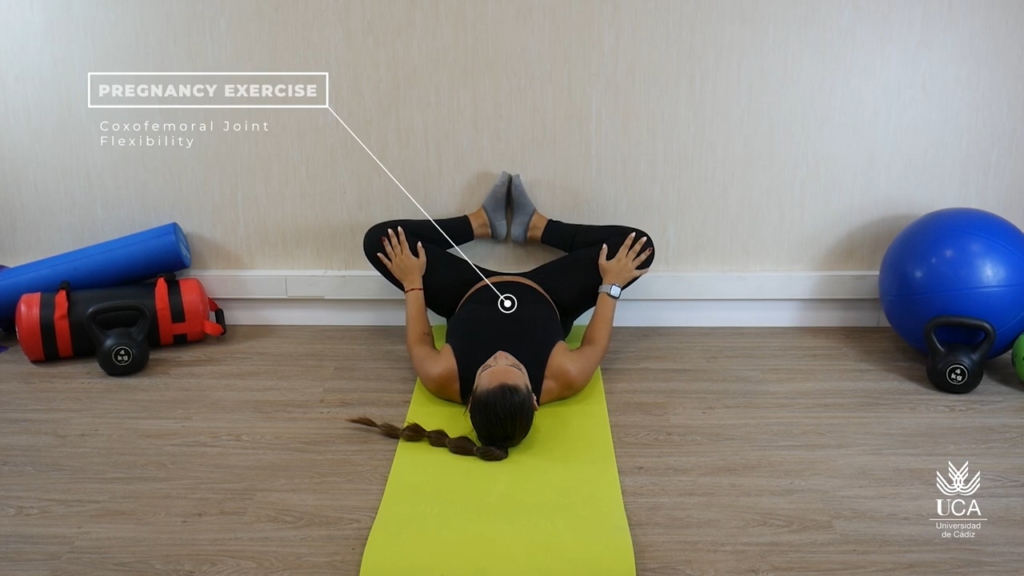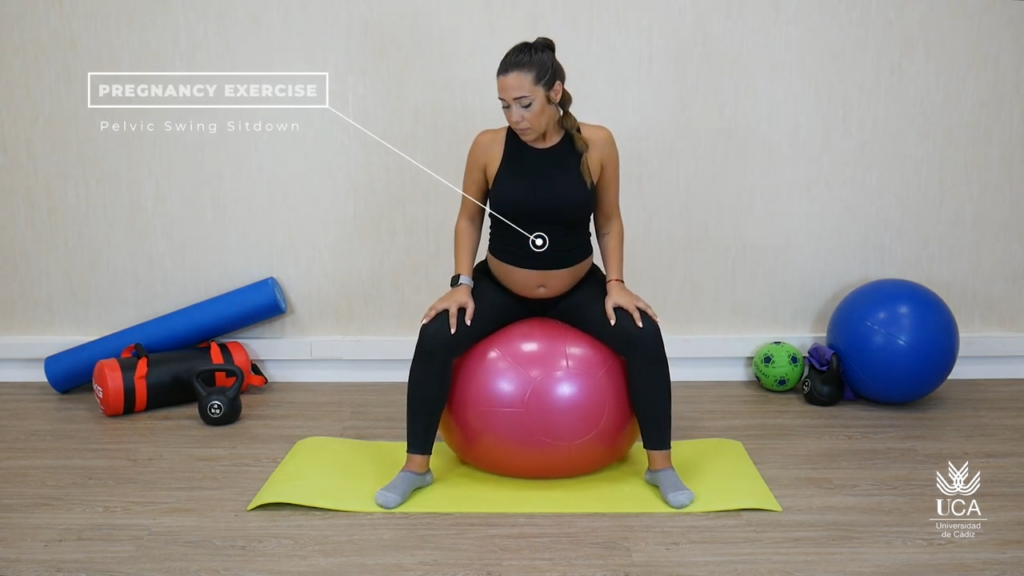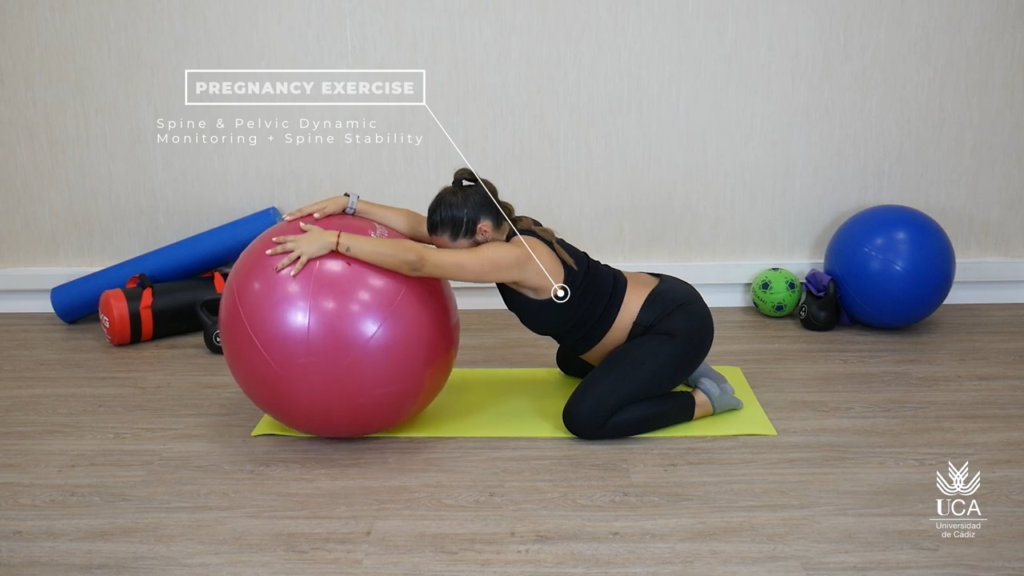The analogy of the boat at the dock serves to explain, in a simple way, the functioning of the pelvic floor muscles. Many times, it is used to explain, specifically, how a prolapse occurs.
A prolapse is a descent or fall of an internal organ due to the relaxation of its means of fixation, especially when it exits through a natural orifice.
Prolapses are, in addition to what is indicated above, an alteration that can occur in the internal organs (bladder, uterus or rectum) through the vagina after childbirth.
If we look at the following image, we can see a ship tied to a dock. The internal organs are the boat, and the cords are the ligaments that hold them in place. Water is the musculature of the pelvic floor.
If the water level drops (pelvic floor muscles), that is, the muscles do not work properly, for example, due to weakness, the ropes (ligaments) will stretch and the boat (internal organs) could fall.
If the boat (internal organs) rises, but the water level (pelvic floor muscles) does not, they may overstretch or tear the cords (ligaments), causing the boat (internal organs) to fall and prolapse.
If the water level is raised (pelvic floor musculature), and the ascent and descent of the boat is controlled (internal organs), that is, abdominal pressures are controlled (coughing, sneezing), the ropes (ligaments) can perform better. its holding function.
In the case of the EMSP, it is sought that this musculature has an adequate physiology, keeping the internal organs in their position and avoiding stretching or tearing of the ligaments that hold them.
Gloria González Medina
References:
- Mouritsen, Lone. (2006). Classification and evaluation of prolapse. Best practice & research. Clinical obstetrics & gynaecology. 19. 895-911. 10.1016/j.bpobgyn.2005.08.007.
- Workshop del proyecto Erasmus + KA-203 ““Education programme for students of medical and health sciences faculties in the field of conservative treatment of pelvic floor muscles dysfunction”. Grant Agreement no: 2018-1-PL01-KA203-051055





